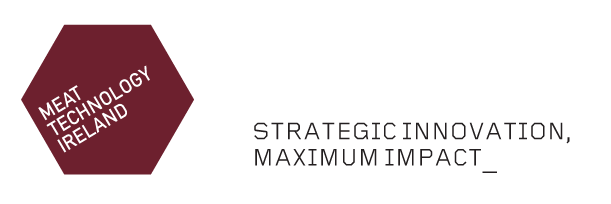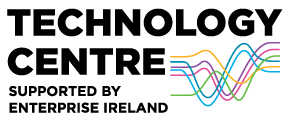Pillar 6: Market Opportunities
To support growth strategies, the meat industry needs to identify new market opportunities. The MTI approach will be to identify, assess and prioritise market opportunities for beef and sheep meat (including new products, new markets, new customers and new value streams) with continuous insight generation. Currently, there is inconsistent scientific evidence to support the unique benefits of Irish grass-fed meat, which poses a risk to the sustainable growth, export and value creation potential of the industry. The MTI research plan is to identify biomarkers that will enhance the marketability of Irish grass-fed beef and sheep meat. A range of novel analytical platforms will be developed that can be used by the meat industry to support the nutritional labels for a range of health biomarkers including vitamins, lipids, peptides and antioxidants. All these opportunities will be proposed in response to a defined set of market and technology trends relevant to opportunities in beef and sheep meat markets.
Update: New Opportunities (Circular bio-economy)
Everyday operations in the red meat industry generate large quantities of offal and meat co-products. These traditionally are not valued as highly as prime cuts of meat, and can represent a threat to the environment if not disposed of or processed properly. In this way, they can represent a cost rather than a potential income stream. A requirement to sustainably feed a growing global population, and to find renewable bio-based alternatives to fossil-derived food, feed, materials and energy, provide new valorisation opportunities for such biomass. A systematic literature review was undertaken to identify such opportunities, considering edible and inedible offal and co-products as raw materials. The initial search of academic databases identified 11,058 papers of potential relevance. Following removal of duplicates, out of topic articles, articles for which a full-text was not available and other quality related factors, 23 review papers and 94 full research papers remained for analysis. The results highlight the large variety of potential products that can be produced from meat co-products and offal, including applications in food and human nutrition, pharmaceuticals, biomedical, oleo-chemical, animal feed, pet-food and fertilizer. Capitalising on these opportunities is likely to require demonstration and industrial-scale development, and changes to operational as well as current business practices within the industry. However, the creation of a circular bio-economy model with positive economic, environmental, and social impacts will increasingly be required to enable the industry to address challenges relating to sustainability.
Ankush P. Shirsath, Maeve M. Henchion – Bovine and ovine meat co-products valorisation opportunities: A systematic literature review – Trends in Food Science Technology 118 (2021) 57-70).




